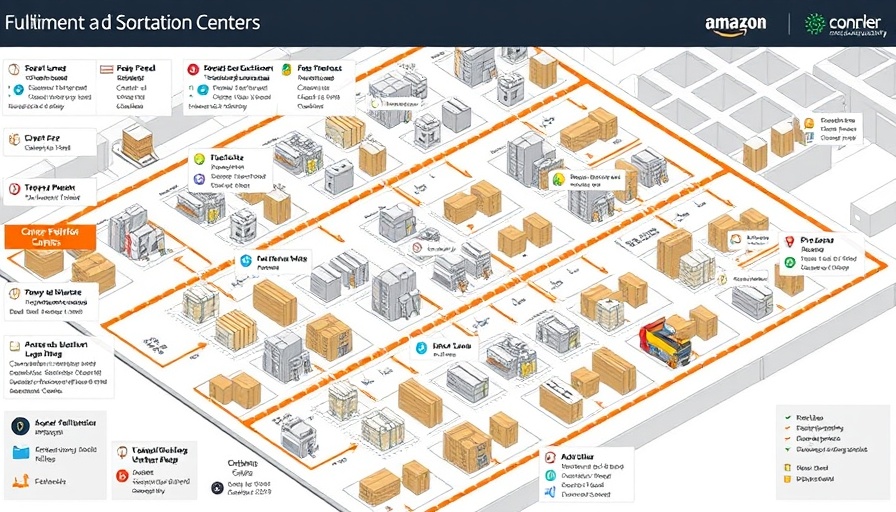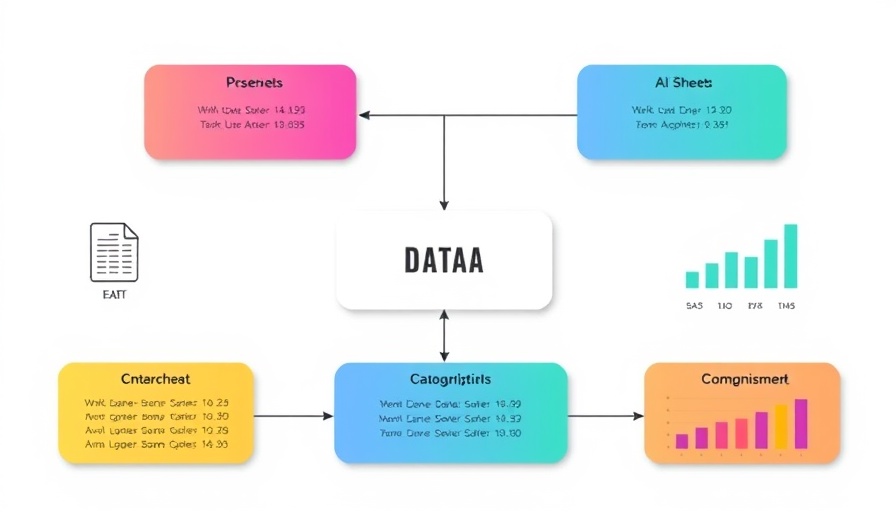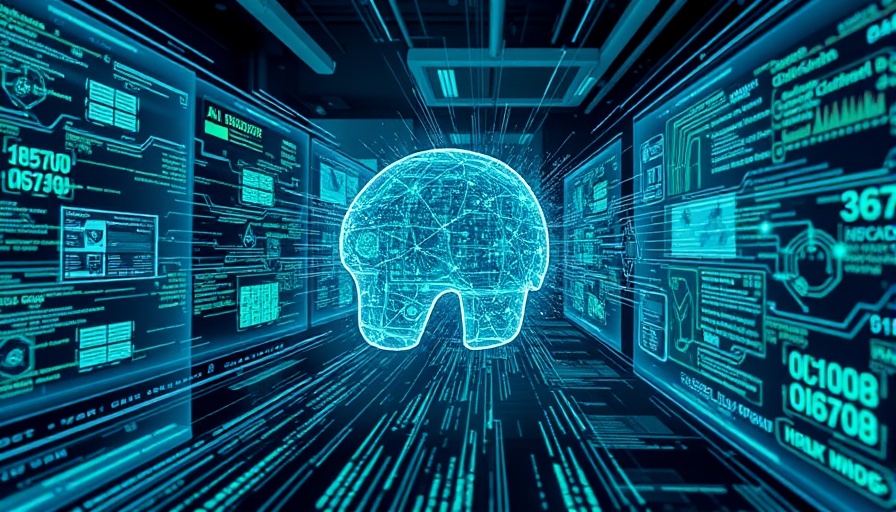
Understanding AI Red Teaming: What Does It Mean for Your Business?
In today's fast-paced technological landscape, the integration of artificial intelligence (AI) into business operations is increasingly common, but it also brings unique challenges. AI Red Teaming is a systematic method that assesses AI systems against various adversarial attacks, ensuring these systems can withstand threats that weren't considered during original development. By simulating potential attacks, such as data poisoning and bias exploitation, businesses can proactively identify vulnerabilities.
Why AI Red Teaming Matters for Small and Medium Enterprises
Small and medium-sized businesses (SMBs) often lack the extensive resources of larger corporations, making them particularly vulnerable to AI threats. However, implementing AI Red Teaming can significantly bolster an SMB's defenses. Not only does it identify weaknesses in AI applications, but it also aids in maintaining compliance with emerging regulations that mandate security testing for high-risk AI deployments.
Key Features and Benefits of AI Red Teaming
Threat Modeling: By assessing all potential attack scenarios, from simple prompt injections to sophisticated data breaches, businesses can develop a robust security architecture.
Realistic Adversarial Behavior: Unlike traditional penetration testing, red teaming employs techniques that mirror actual adversary tactics, highlighting areas of risk that might otherwise go unnoticed.
Continuous Security Validation: Integrating red teaming into Continuous Integration/Continuous Deployment (CI/CD) pipelines enables enterprises to consistently gauge their AI systems' resilience, adapting promptly to new threats.
Exploring the Top AI Red Teaming Tools of 2025
The evolution of AI Red Teaming has led to several innovative tools that can empower businesses. Below are some of the most effective AI Red Teaming tools available:
- Mindgard: An automated AI red teaming solution that focuses on model vulnerability assessments, ensuring continuous security evaluation.
- Garak: A compelling open-source toolkit specifically designed for adversarial testing in large language models (LLMs).
- PyRIT (Microsoft): The Python Risk Identification Toolkit streamlines the process of identifying potential risks in AI deployments.
- AIF360 (IBM): This fairness toolkit helps businesses assess biases in AI models, contributing to more equitable AI solutions.
- Granica: A platform that assists in sensitive data discovery and protection, essential for safeguarding AI model data.
The Future of AI Red Teaming and Opportunities for Small Organizations
As AI technology continues to advance, the demand for robust security measures will only grow. Small businesses can leverage AI Red Teaming not just for their current systems but as a stepping stone for future innovations. The proactive identification of vulnerabilities not only enhances security but also fosters trust with clients who prioritize data privacy and protection.
Embracing a Proactive Approach to AI Security
The risks associated with AI systems will only intensify. By adopting AI Red Teaming practices, your organization can turn potential threats into opportunities for improvement and resilience. It is essential to see these testing processes as an investment in your business's future, where the security of your AI applications is paramount.
As you contemplate your business's journey in the AI landscape, consider implementing AI Red Teaming as a safeguard for your future. Understanding the implications it has on security, compliance, and operational efficiency can make a significant difference in maintaining a competitive edge.
Stay ahead of the curve — prioritize AI Red Teaming today and secure your business's future.
 Add Row
Add Row  Add
Add 



Write A Comment